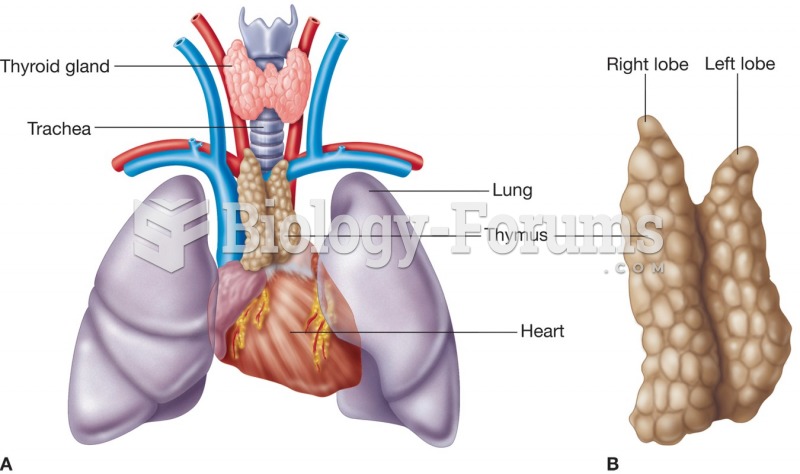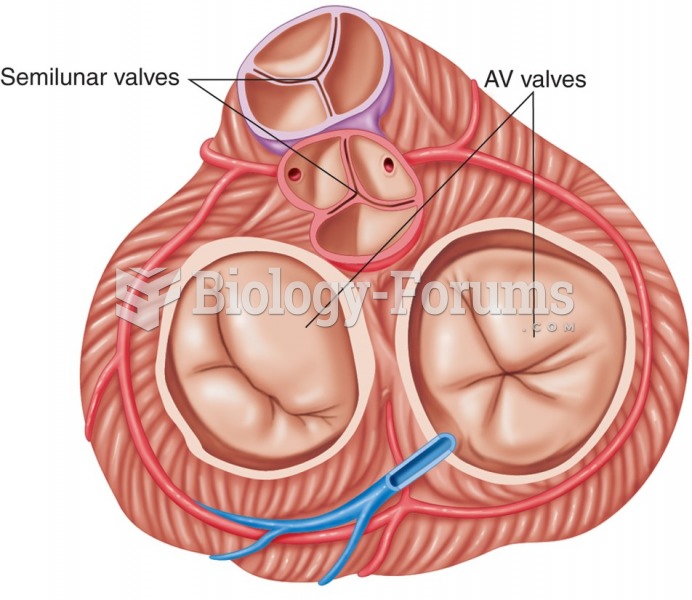Answer to Question 1
Answer: 1, 2, 3, 4
Explanation: 1. An integrated school health program involves case finding and case management, counseling and referrals to other services, staff health promotion, and parental, student, and community involvement in school activities in addition to monitoring physical education activities at the school and the nutrition of the meals provided there. Reviewing community health policies is not a school nurse responsibility.
2. An integrated school health program involves case finding and case management, counseling and referrals to other services, staff health promotion, and parental, student, and community involvement in school activities in addition to monitoring physical education activities at the school and the nutrition of the meals provided there. Reviewing community health policies is not a school nurse responsibility.
3. An integrated school health program involves case finding and case management, counseling and referrals to other services, staff health promotion, and parental, student, and community involvement in school activities in addition to monitoring physical education activities at the school and the nutrition of the meals provided there. Reviewing community health policies is not a school nurse responsibility.
4. An integrated school health program involves case finding and case management, counseling and referrals to other services, staff health promotion, and parental, student, and community involvement in school activities in addition to monitoring physical education activities at the school and the nutrition of the meals provided there. Reviewing community health policies is not a school nurse responsibility.
Answer to Question 2
Answer: 4
Explanation: 4. In order for a school health program to succeed, there needs to be involvement on all levels: in the classroom, in the home, and in the community. If program outcomes are not being achieved, the program needs to be modified so that teaching occurs in the classroom and the home. One person cannot hold the responsibility for teaching and reinforcing health concepts. Reinforcing to the teachers the importance of teaching health creates another burden upon them. Expecting the school nurse to assume all teaching responsibilities will quickly create burnout, and may create a neglect of other school nurse responsibilities. Asking for parental involvement to teach health concepts is a partial solution, but the better solution is an integrated approach.







